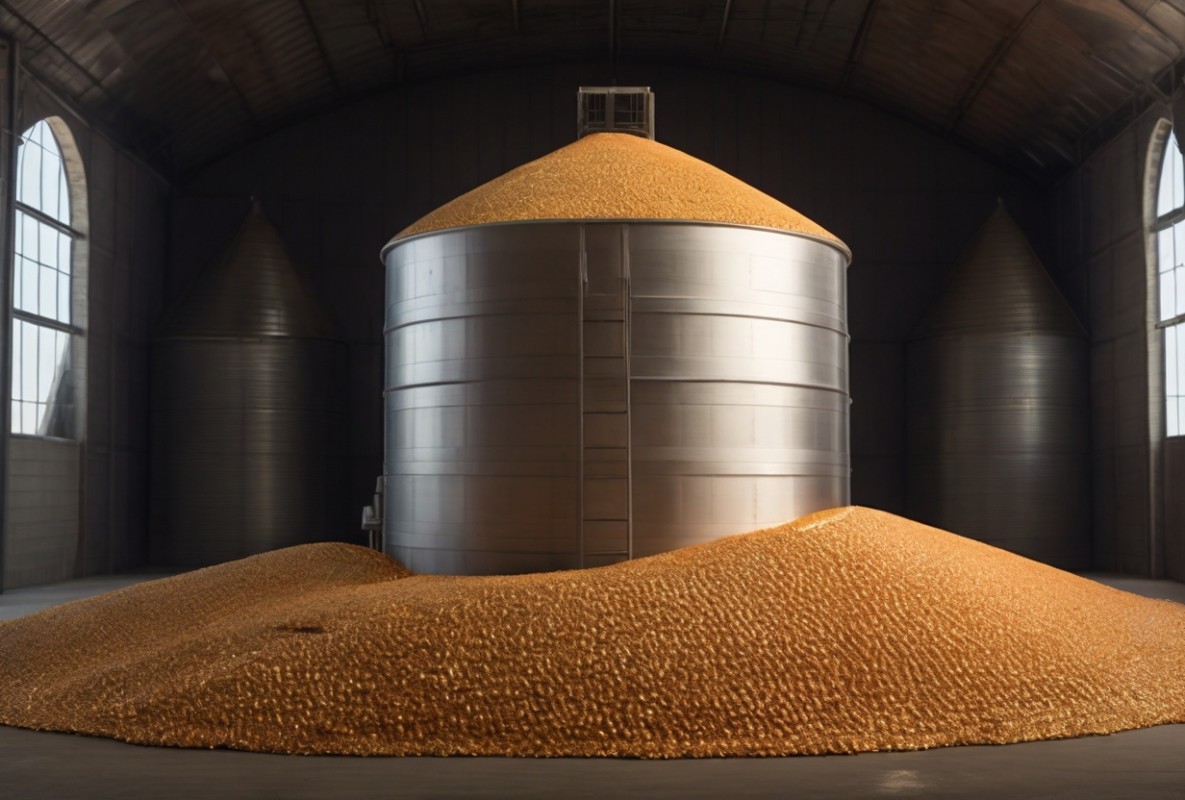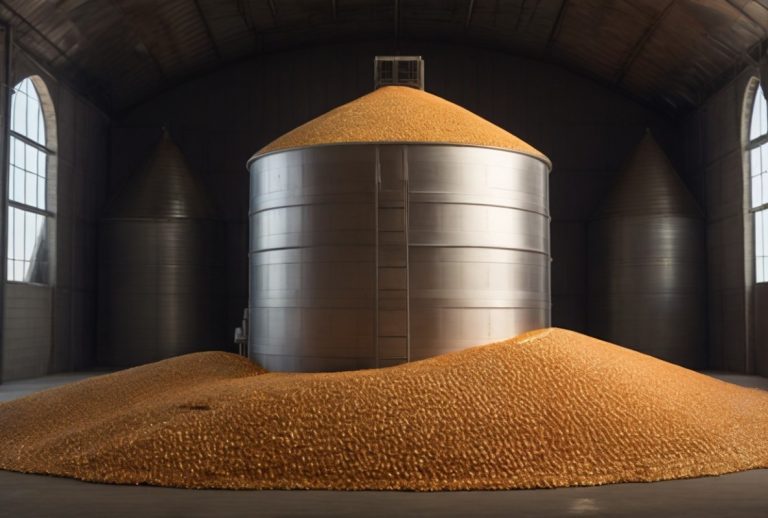
The collapse of FTX demonstrated the wisdom of separating market making activities on the one hand (Alameda) from stock exchange management (FTX) and custodian (FTX again) activities on the other hand. However, the question of whether the activities of operating a stock exchange and a trustee should be separated is a more nuanced issue. Large banks often run their trading and custody businesses in the same legal entity, using information walls to control conflicts of interest and ensure their own assets are separated from those of their clients. This paper will use the experience of the American grain industry in the late nineteenth century to illustrate the importance of risk control between incubation and execution activities.
Custody of crypto assets
Custody of crypto assets is a complex task that involves, among other things, managing information security risks to protect private keys and keep transactions secure. Custodians also act as a form of payment service provider, receiving and sending crypto assets based on their clients' instructions.
Many early crypto asset exchanges combined custody with execution for their largely retail client base, and some continue to do so. When they were first launched, exchanges had to build the capacity to protect their own assets. Extending this ability to a retail customer base largely for free created steadier client relationships and was an indirect means of monetizing the sunk cost of their in-house custody arrangements.
Since the failure of FTX, there have been public and private sector efforts to change this model. The private sector has seen wider adoption of “over-the-counter settlement” (OES) by large exchanges, often in response to demand from institutional clients. OES seeks to mitigate counterparty risk by removing the need for clients to hold their crypto assets on exchanges. This, by the way, is how Zodia Markets was designed from the beginning. In the public domain, there have been regulatory measures such as those taken by the Securities and Exchange Commission calling for investment advisors to use only qualified custodians for their clients' crypto assets. There have also been consultations such as the one conducted by the UK Treasury, which indicated support for separating client assets from the assets of the exchanges used by those clients.
Crypto asset exchange
Crypto asset exchanges and traditional exchanges had similar origins as most of them started as informal venues for retail clients. On the crypto assets side, Coinbase started out as a private service for buying and selling Bitcoin via bank transfer, while Mt.Gox started out as a trading service for card collectors. In the traditional world, the London Stock Exchange began as a private association of traders based at John's Café in the City of London, while in medieval Belgium traders would meet at the Huis ter Beurze pub, which gave its name to the term “stock exchange”. “, as in the case of the German Stock Exchange. From a broader perspective, exchanges are designed to fulfill five functions:
- Standardization, for example through consistently designed weights and measures or trading contracts,
- Protection of property rights, for example through rule books,
- Enforce contractual agreements by imposing sanctions on bad actors,
- Mitigating information asymmetry by disseminating information, often through a transparent order book and
- Providing public goods by ensuring compliance with rules.
The state tends to follow judicial and legislative sanctions for these rules, rather than the other way around.
Whole and separate: lifts and bags
The development of grain exchanges in the late nineteenth century in the United States, especially the Chicago Board of Trade (CBOT), helps illustrate the tension between trustees on the one hand and exchanges on the other. During the late 1840s and early 1850s, the amount of grain shipped to Chicago increased dramatically as the United States expanded westward. Storage elevators operated by warehousemen were large, specialized warehouses where grain was kept in boxes before shipping. In a sense, they are equivalent to comprehensive crypto asset custodians where the assets of different owners are combined into a single wallet.
The CBOT began as a dormant organization, even having to encourage attendance at its meetings in the 1850s by offering free meals. The stock exchange grew to play a role in standardizing the grading, screening, and weighing of commodities, including grains, which is function No. 1 on the list above. The warehouse workers who operated the elevators were at odds with the merchants and grain shippers, who were more closely aligned with the stock exchange.
Storing crypto assets involves, among other things, indexing chains and scanning assets. Blockchain indexing makes it easier to find information stored in the blockchain instead of analyzing data block by block. It does this by analyzing the data and storing it in a central database where it can then be queried. Indexing is a form of confirming ownership rights on the chain for a custodian client. This is Job 2. Sure, clients can do this themselves, but it's much easier to pay a custodian to do it for them.
Screening and registration is a measure to monitor financial crimes and has no real equivalent in traditional finance, as it is specific to blockchains. Private companies provide scoring services to assess the vulnerability of a particular asset or portfolio to financial crimes. If an asset or wallet has recently interacted with an address known to be associated with criminal activity, the score will be negatively affected. This means that the idea that crypto assets are completely fungible is not entirely accurate. Different portfolios and assets have different scores. When custodians run comprehensive portfolios, they affect the overall holding grade by mixing assets of different grades.
The same is true for grains in that they are not as replaceable as one might think. There are different grades depending on the growing region, such as Russian rye, River Plate wheat, East India wheat etc. Other grading criteria included, for example, moisture content, foreign matter and damaged grains.
The challenge in the United States was the size and complexity of the custodial infrastructure that collects grain in elevators before transporting it. This was different from countries like Argentina, where infrastructure was less developed, and grain was bundled in bags for shipping.
Custodians who manage separate wallets for each of their clients are like grain sacks in Argentina. Comprehensive grain elevators created economies of scale through quantity and volume. However, this came with a trade-off that made it difficult to track quality compared to using bags of grain that could be labeled to a certain degree from the point of packing to reaching the end customer. In cryptoassets, comprehensive wallets also create economies of scale, such as reducing on-chain transaction costs, but registering individual groups of assets becomes more difficult if not impossible.
The risks of mixing and trading of self-employed custodians
Mixing pills allowed warehouse workers to engage in unscrupulous practices. For example, they may receive a shipment of first-grade grain and then mix it with second-grade grain to the point that it is still within the acceptable range of one grade. As a result, the warehouse was able to improve grain quality on its own account at the expense of others. This of course resulted in weight loss for those who had high quality beans stored in the elevator. This has discouraged farmers from ensuring that their grain is of the highest quality. Further down the supply chain, shippers were involved in mixing to be as close to the threshold between grades as possible, so the loss to warehousemen would be minimized. In some ways, there is Gresham's Law at work, as poor quality grains drive out good quality grains. In short, the consolidation and protection of property, functions 1 and 2, have become defective.
One of the main differences between crypto assets and grain markets is that the classification and recording of crypto assets is done by third-party private sector companies, since the data is public and anyone can do it. However, end-to-end wallets limit this potential since a significant amount of trading activity can take place off-chain and then settle net into the end-to-end wallet.
Another source of tension revolved around job 4. Storekeepers, who could trade on the stock exchange but also traded on the stock exchange in private transactions, had information about supply and demand as well as the characteristics of the stored grain, creating a conflict of interest. While that information was their property and treating the information as property serves as an incentive for owners to produce and sell that information, there is a counterargument that mandatory disclosure could help prevent insider trading, market abuse, and adverse selection.
What is key is that where warehousemen were able to commingle their own assets with those of their clients, and where they were able to trade on their own account, they had the temptation to engage in abusive and illicit practices, which brought them into conflict with Cbots. Unsurprisingly, responses to the HMT consultation calling for the separation of company and customer assets were overwhelming.
CBOT had a long-standing conflict with warehousemen as it struggled to apply the same standardization of weights, measures and grades as it had for other assets such as lumber. In 1906, the Chicago Mercantile Exchange implemented the call rule requiring that any private trades entered into over-the-counter be at the day's closing price. The warehouse owners were more afraid of being expelled from the stock exchange than of the costs of complying with this rule, so they adhered to it. Al-Qaeda also received judicial support in this important market function. This allowed the CBOT to manage conflicts of interest around warehousemen's ability to trade on their own account, but importantly did not do so by preventing them from trading.
All of this means that it is possible to maintain elevator economies of scale, while allowing conflicts of interest and other tension issues to be managed. What is readily apparent is that banning elevators or banning warehousemen from trading was never a realistic option. Technology and the economies of scale it brought were seen as an essential commodity. Yes, it has introduced new risks but over time, the market and regulators have managed these new risks under a model that has been in operation for over a hundred years. One hopes that the same situation applies to crypto asset markets.
This is a guest post by Nick Philpott. The opinions expressed are entirely their own and do not necessarily reflect the opinions of BTC Inc or Bitcoin Magazine.

